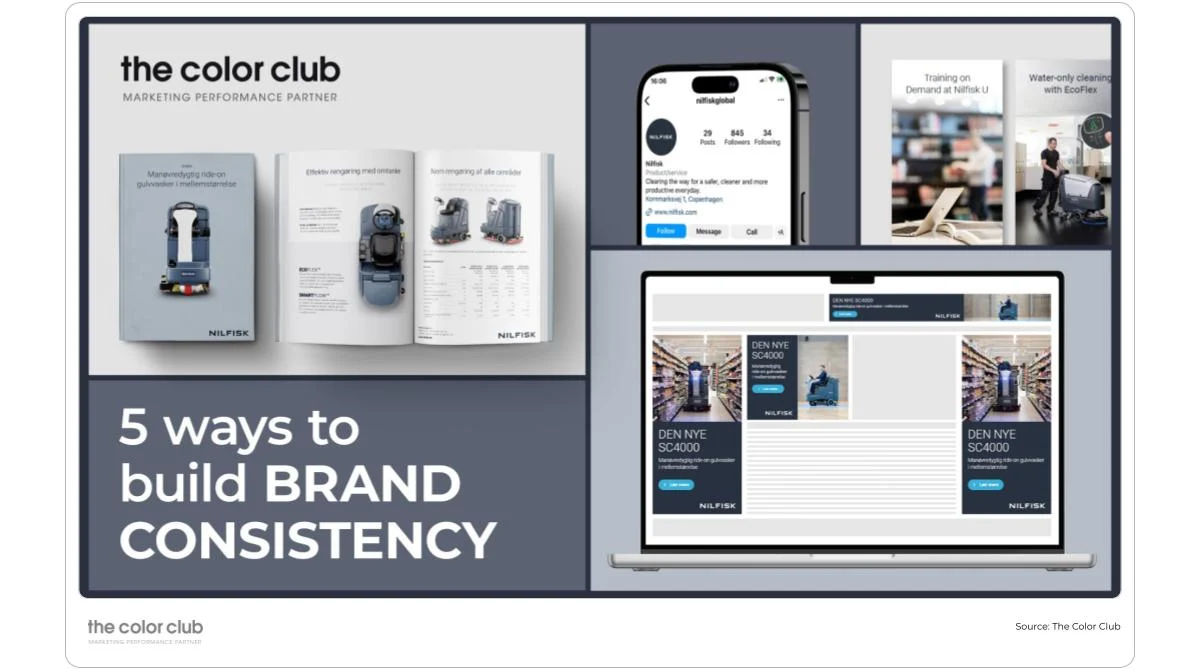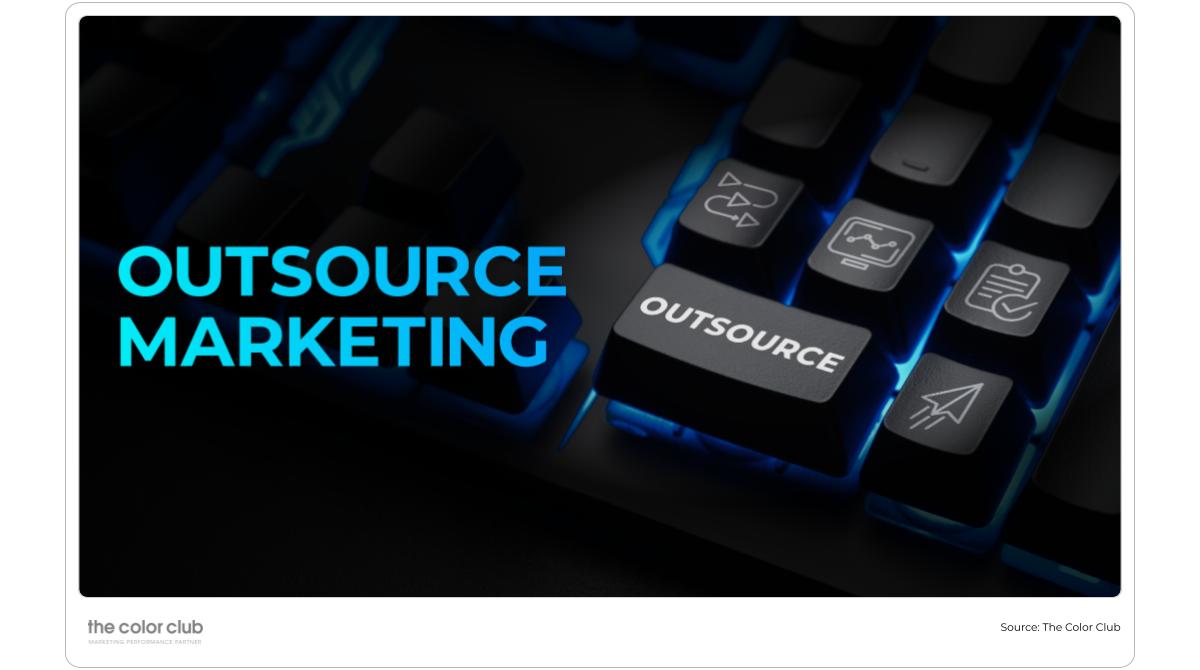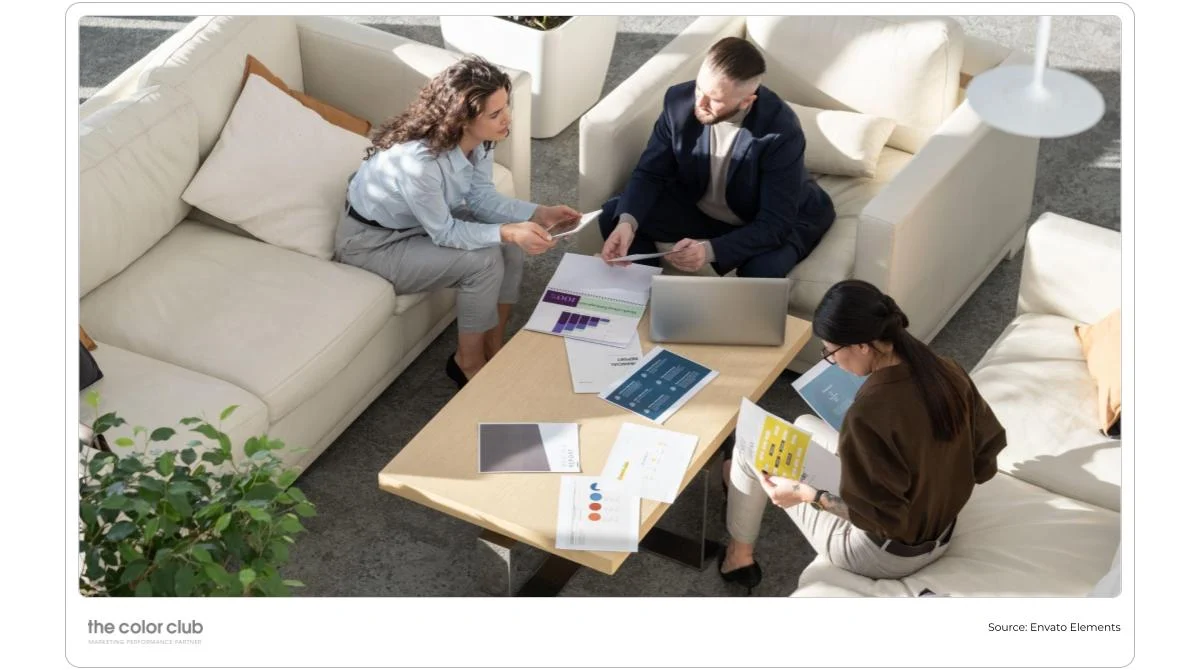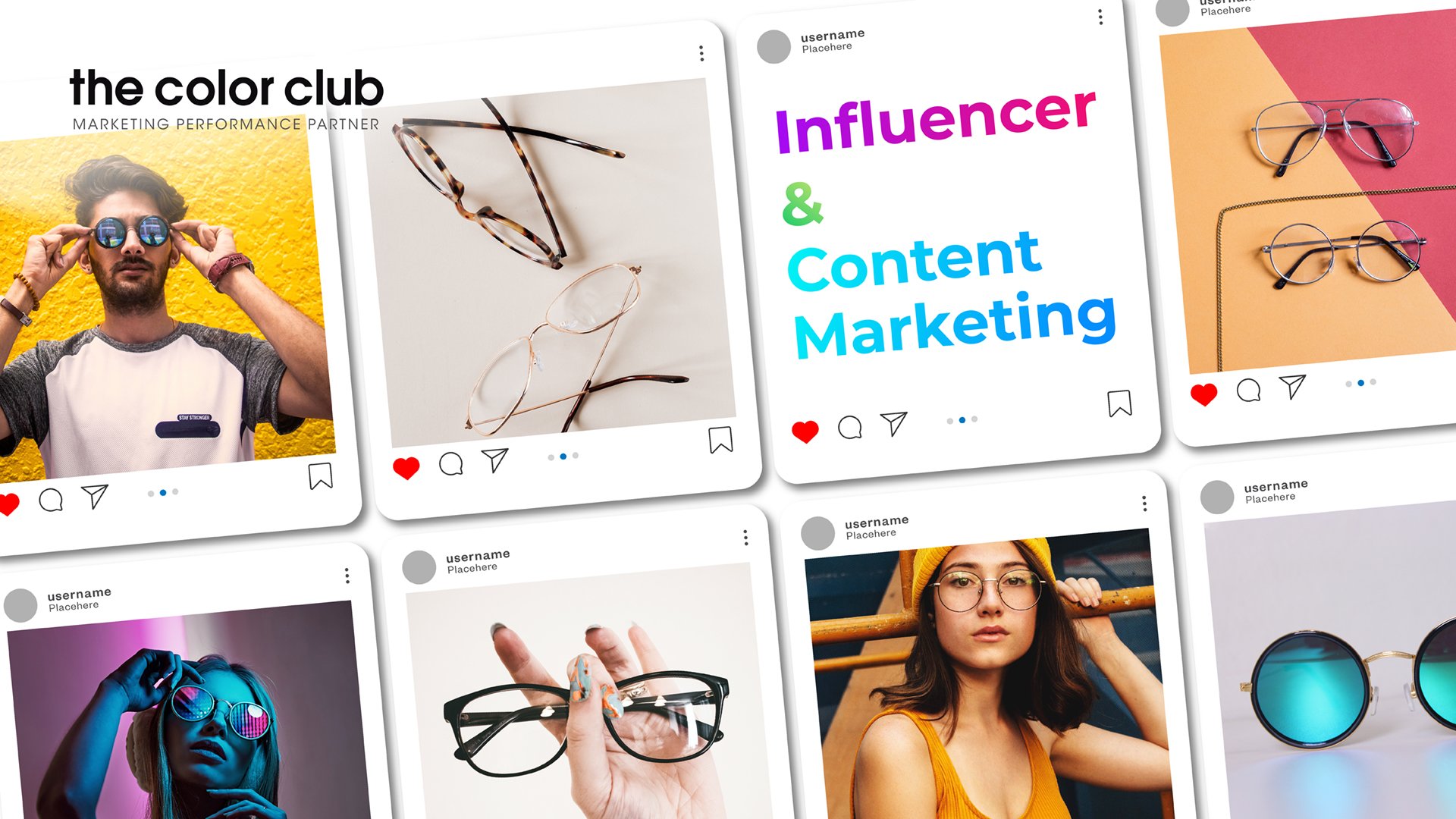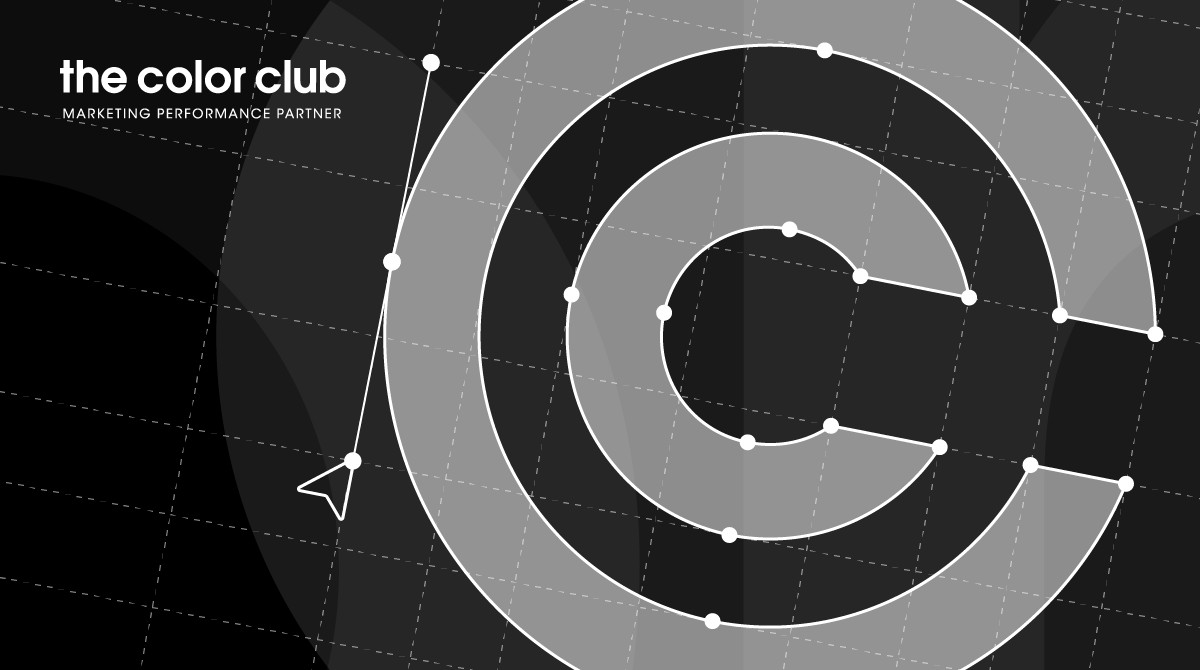Introduction
How do you make customers fall in love with your brand? By telling a story, evoking feelings, and creating brand familiarity. This is what makes life-long customer connections.
But how do you make this happen?
The answer is brand consistency: delivering a unified customer experience across all user touchpoints.
In today’s highly competitive world, where customers have endless options, having brand consistency is the glue to building connections, allowing customers to recognize, know, and trust your brand.
So, let’s dive into global brand consistency, its growing importance, and why it has such a huge impact on customer loyalty.
What is Global Brand Consistency?
Global brand consistency is ensuring your company is presented the same way across all marketing channels. It encompasses various elements, including visual identity, brand voice, messaging, and customer service.
Why is Global Brand Consistency important for your brand?
Here are the top three reasons why consistency is absolutely essential for your brand:
Strong Brand Recognition:
Consistent branding across all touchpoints helps your brand stand out from competitors. It creates instant recognition, helping customers spot your brand’s tone of voice, visuals, and messaging.
Cross-border Communication:
Brand consistency reflects an image of reliability and quality, with your messages being able to communicate with cross-cultural audiences.
Emotional Connection:
When a brand looks and feels the same anywhere, customers are likely to trust brands more due to a sense of familiarity, especially if they have positive brand connotations.
What’s the link between consistency and loyalty?
By delivering a consistent experience across various touchpoints, you’ll help customers recognize and recall your label easily. Consistency also guides every interaction, building familiarity and trust, and ensuring your brand’s voice cuts through a busy market. That stability creates loyalty, turning customers into fans who actively choose you over competitors.
Ultimately, brand consistency is the foundation for building and maintaining long-term customer relationships, driving repeat purchases, and generating positive word-of-mouth marketing.
What happens if your global branding is inconsistent?
Here are some of the top things to watch out for if your branding misses the mark.
Brand Confusion
Inconsistent branding elements like logos, messaging, and visuals across different regions can confuse customers. They may struggle to recognize the brand or understand its core values, leading to a weaker brand image.
This confusion will hinder your marketing efforts, making it difficult to build a strong brand identity that resonates with a global audience.
Lack of Trust and Credibility
Inconsistency will send mixed signals to customers, raising doubts about the brand’s values, quality, and reliability. This can erode trust and damage the brand’s credibility, especially if customers encounter conflicting information in different regions.
Costly Operational Activities
Maintaining multiple versions of branding materials, marketing campaigns, and product offerings for different regions will be expensive and inefficient. It requires duplicating resources and efforts, impacting the brand’s bottom line.
Our final thoughts
Building brand consistency on an international scale is essential. With unified branding, you’ll easily connect with customers worldwide, strengthen brand trust, and create long-term loyalty. This will help you create a passionate band of advocates who will spread the word about your brand, propelling you to new heights.



